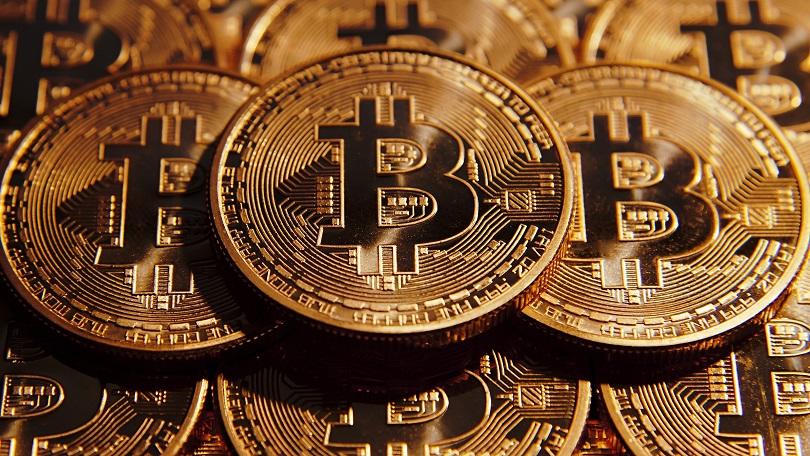Investing in Bitcoin can seem complicated, but it is much easier when you break it down into steps. You don't have to understand computer programming to realize that banks, businesses, the bold, and the brash are cashing in on cryptocurrencies.
Bitcoin operates on a decentralized public ledger technology called the blockchain. When consumers make purchases using the U.S. dollar, banks and credit card companies verify the accuracy of those transactions. Bitcoin performs this same function at a lower cost without these institutions using a system called hashing. When one person pays another using bitcoin, computers on the Bitcoin blockchain rush to check that the transaction is accurate. In order to add new transactions to the blockchain, a computer must solve a complex mathematical problem, called a hash. If a computer is the first to solve the hash, it permanently stores the transactions as a block on the blockchain.
Anyone can view a history of transactions made on the blockchain, even you. But while transactions are publicly recorded on the blockchain, identifying user information is not. On the Bitcoin blockchain, only a user's public key appears next to a transaction—making transactions confidential but not anonymous.
Privacy and security are important issues for Bitcoin investors. Even though there are no physical bitcoins, it is usually a bad idea to brag about large holdings. Anyone who gains the private key to a public address on the Bitcoin blockchain can authorize transactions. While it is obvious that the private key should be kept secret, criminals may attempt to steal private keys if they learn of large holdings. Be aware that anyone you make a transaction with can see the balance in the public address that you use. That makes it a good idea to keep significant investments at public addresses that are not directly connected to ones that are used for transactions.
There are several things that every aspiring Bitcoin investor needs. A digital wallet, personal identification documents, a secure connection to the Internet, a method of payment, and an account at a cryptocurrency exchange are the usual requirements. Valid methods of payment using this path include bank accounts, debit cards, and credit cards. It is also possible to get bitcoin at specialized ATMs and via P2P exchanges. However, be aware that bitcoin ATMs were increasingly requiring government-issued IDs in early 2020. There are additional details on buying bitcoin that we will not cover here.
If the demand for bitcoins exceeds the rate at which it can be produced, the price will increase. As of Jan. 2020, 18.15 million, or 86.42%, of total bitcoins have already been created.1 This situation does not guarantee increasing prices. Cryptocurrencies are wildly unpredictable, even ones as popular as Bitcoin. Bitcoin was worth $19,116.98 on Dec. 17, 2017, but the price fell substantially and had yet to recover as of the beginning of 2020.2 The value of Bitcoin is heavily dependent on the faith of investors, its integration into financial markets, and public interest in using it. The performance of Bitcoin compared to other cryptocurrencies, such as Ethereum, is also crucial in determining its value.
Bitcoin operates on a decentralized public ledger technology called the blockchain. When consumers make purchases using the U.S. dollar, banks and credit card companies verify the accuracy of those transactions. Bitcoin performs this same function at a lower cost without these institutions using a system called hashing. When one person pays another using bitcoin, computers on the Bitcoin blockchain rush to check that the transaction is accurate. In order to add new transactions to the blockchain, a computer must solve a complex mathematical problem, called a hash. If a computer is the first to solve the hash, it permanently stores the transactions as a block on the blockchain.



